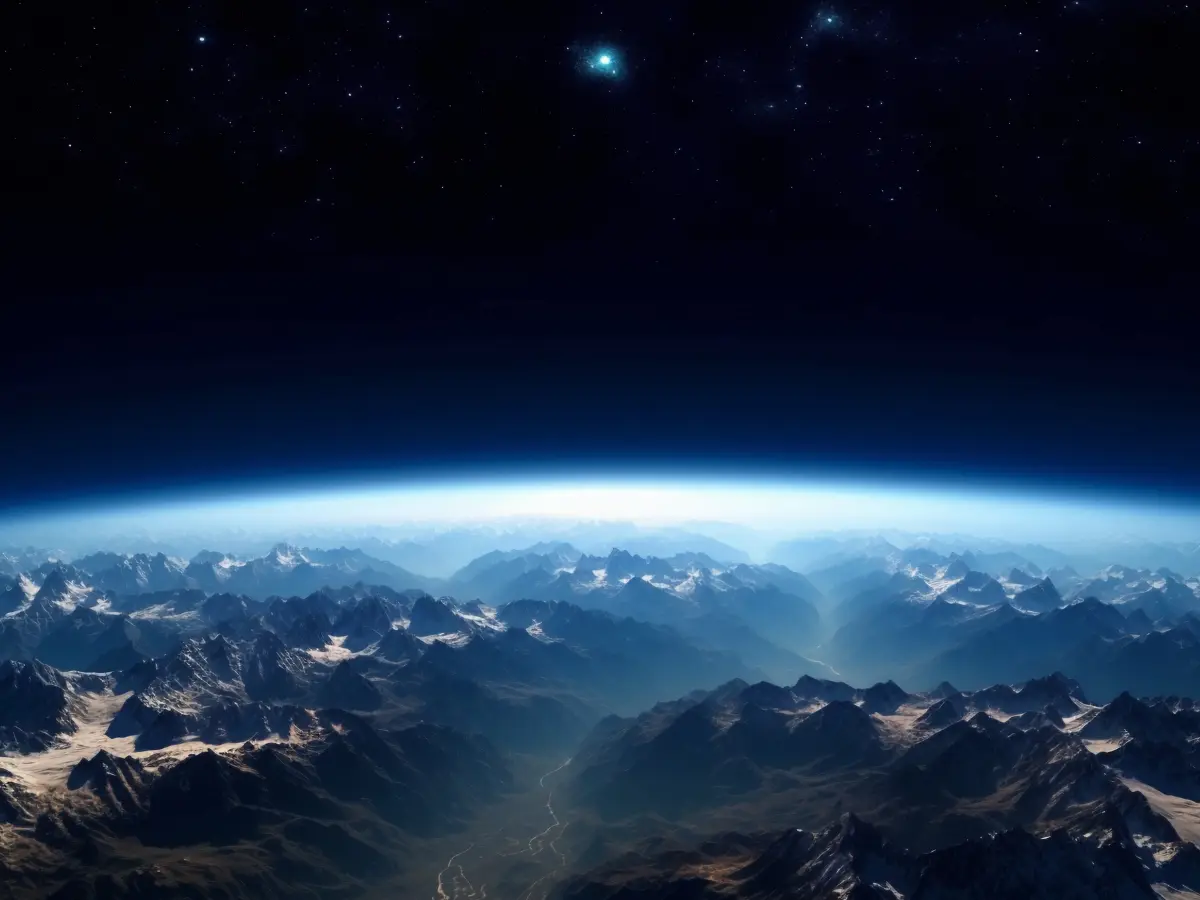Scientists have revealed that an underground phenomenon in Oman changed the direction of India millions of years ago. Our country could have ended up in an altogether different place if it weren’t for a “ghost” plume discovered under Oman. A magma plume is caught thick portion of Earth’s crust and the upper part of the mantle under the Salma Plateau. The age of this plateau and the plume revealed how India landed where it is today. The plume is trapped and cannot trigger volcanic activity. However, a study has found that the pressure created by this plume shifted the trajectory of the Indian tectonic plate after it collided with Eurasia tens of millions of years ago. Oman’s Salma Plateau is up to 6,600 feet high. Lead author of the study, Simone Pilia, a geophysicist and assistant professor at King Fahd University of Petroleum and Minerals in Saudi Arabia, told Live Science that this plateau likely formed because of the ghost plume. Although some scientists also attribute it to the bending of Earth’s crust created by the Makran subduction zone off the coasts of Pakistan and Iran. This plume presented itself during seismic studies, when the sound waves that travel through the Earth at different speeds were captured by several stations in Oman. The data revealed the plume was alive under the Salma plateau. Also Read: Scientists in race against time to reach outer world planet roaming in our solar system in 2076
Ghost plume under Oman moved India to where it is today
The research was published in the journal Earth and Planetary Science Letters. Named the Dani plume, Pilai says that the uplift in this region of Oman proves that the plume is active. He says it is the first clear example of an amagmatic “ghost” plume, a name used for plumes that don’t trigger volcanic eruption. Most mantle plumes trigger eruptions in the middle of oceanic plates. However, the one in Oman is trapped in continental plates – it can neither rise nor undergo decompression melting because these plates have a thicker crust and upper mantle. Pilai says that just because there are no volcanic eruptions, it doesn’t mean there are no plumes under continental plates. There are no volcanic eruptions, but they can still result in changes in the topography of a region. Also Read: Claims of underground city under pyramids get a boost as scientists detect secret chambers under Great Sphinx
Salma Plateau in Oman and its link to India
The Salma Plateau is 40 million years old, which means that the Dani plume also dates back to around the same time. This is the time when a collision between the Indian and Eurasian plates occurred, and Pilia was left wondering if they could be related in some way. The two plates collided somewhere near Oman, after which they moved northward to their current positions. The researchers reconstructed the trajectory of the Indian plate. The results revealed that it changed direction slightly between 40 million and 25 million years ago. Pilai said that the “shear stress produced by the plume was the reason for the change in azimuth [angle] of the Indian plate.” Magma plumes have been known to change the direction of tectonic plates, but only now has the movement of the Indian plate been tied to a specific plume.
